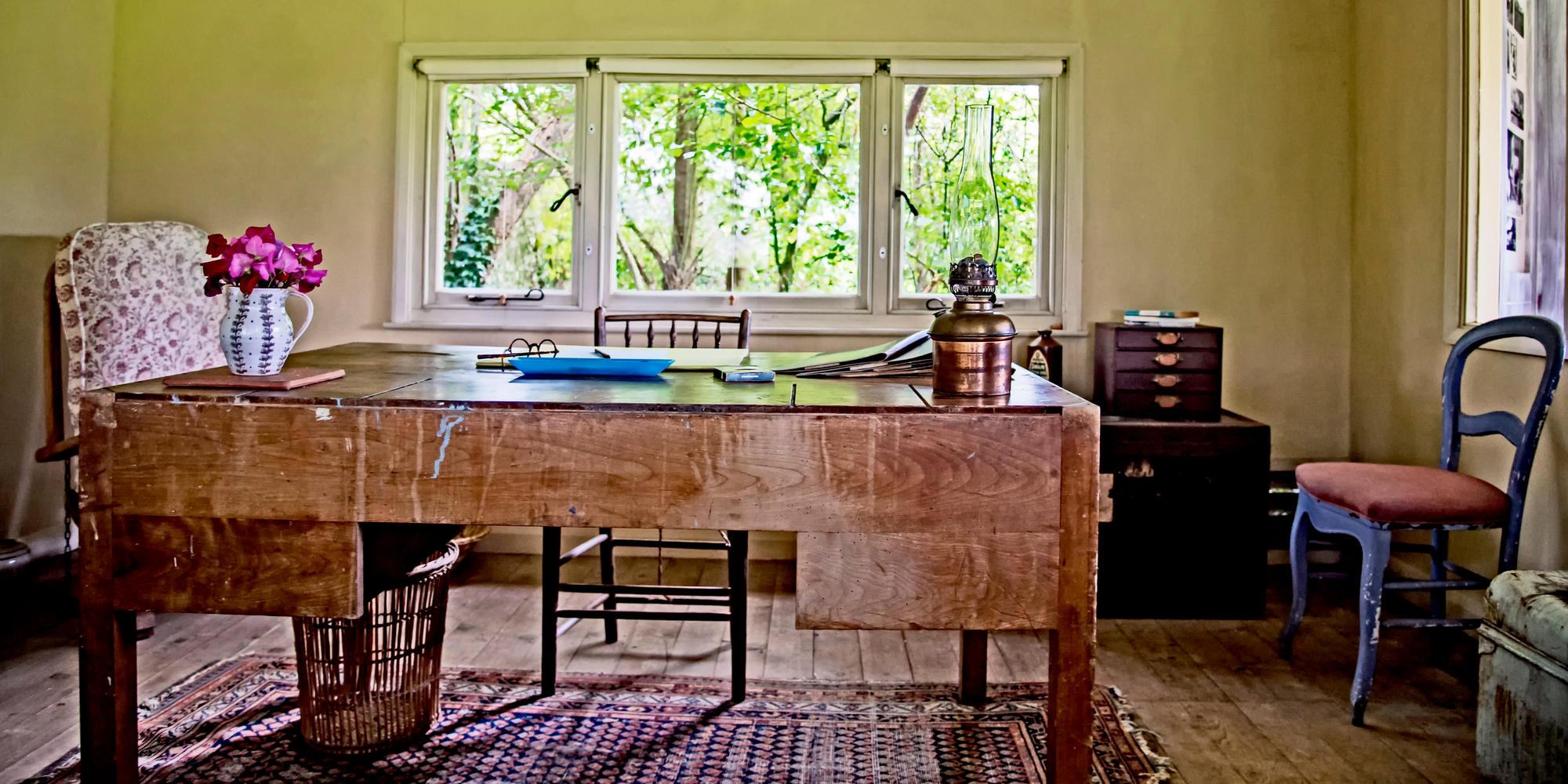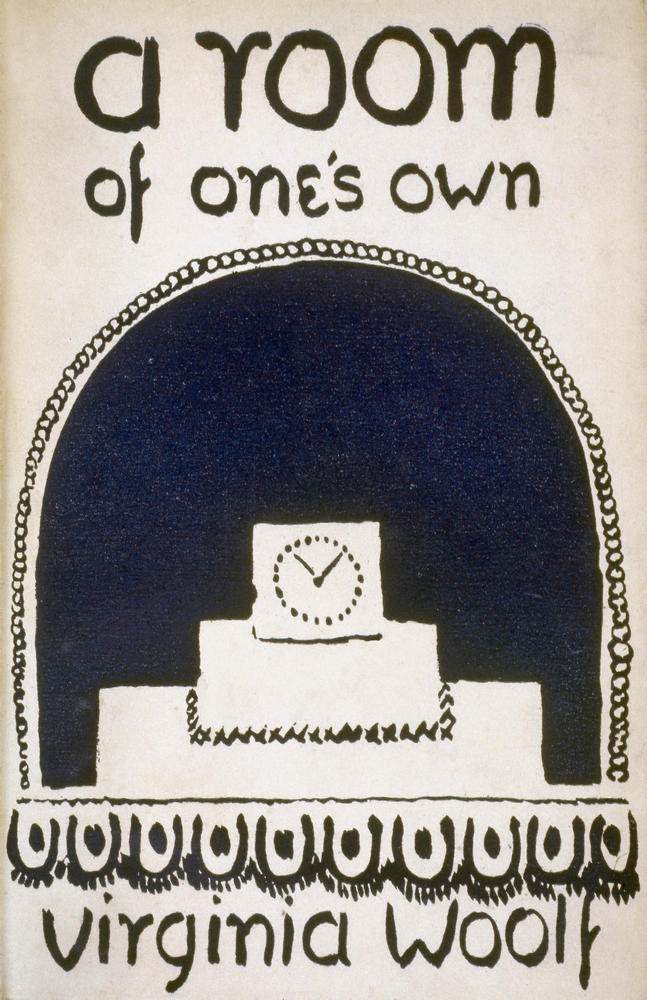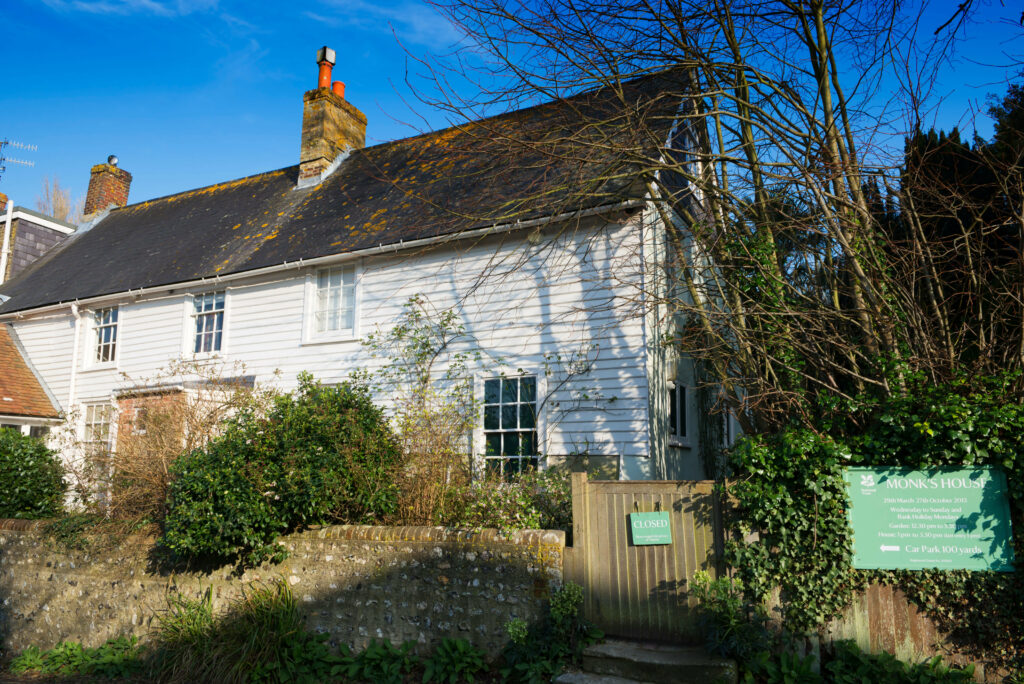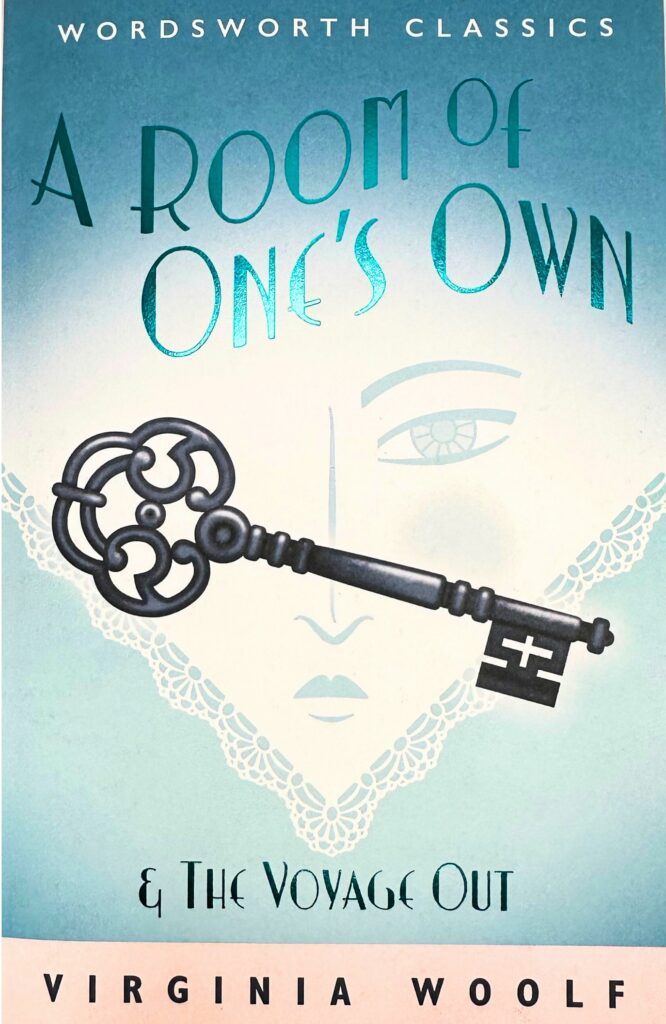
Book of the Week: A Room of One’s Own / The Voyage Out
David Stuart Davies looks at Virginia Woolf’s first novel, plus her essay that is considered as a key work of feminist literary criticism
Virginia Woolf (1882 – 1941) holds a very special position in the pantheon of English Literature. She was perhaps the most prominent feminist writer of the 20th Century. Her work, ideas and attitudes have as much relevance today as they did many years ago.

Cover of the first edition of Virginia Woolf’s essay – London 1929
A Room of One’s Own (1929) is a book-length essay and is considered as a key work of feminist literary criticism. It is based on two papers Woolf read on ‘Women and Fiction’ at Cambridge the previous year. Woolf begins by announcing her basic thesis that, ‘a woman must have money and a room of one’s own if she is to write fiction’. This premise is, of course, in part, an allegory suggesting the wider point that a woman must have independence and freedom in order to realise her potential. In the essays she examines the historical barriers and disempowerment women have faced in many spheres, including social, educational and financial, along with the many areas of prejudice that have thwarted women writers through the ages. The main hurdle, she suggests, is that female writers have failed because of a lack of resources and opportunities. She examines the difficulties female writers and intellectuals faced because men held disproportionate legal and economic powers, as well as the ability to control the future of women in education and society.
Woolf maintained that as a woman starts to think of an idea, a guard enforces a rule whereby she is ‘not allowed to walk on the grass’. In obeying this rule, the woman loses her idea. Here Woolf describes the influence of women’s social expectations as ‘mere domestic child bearers ignorant and chaste’.
Woolf goes on to consider the experiences of the Brontës, George Eliot and George Sand. She illustrates her argument by making the point that there were no famous Elizabethan women writers. She uses the dramatic conceit that Shakespeare had a talented sister called Judith who was driven to suicide by artistic frustration. It was acceptable for the brother to have the freedom and power to write – owning the mythical ‘Room of One’s Own’ – a privilege which was denied to his sister. Woolf gives particular praise to with Jane Austen, whom she believed wrote entirely ‘as a woman’.
In the last section of the essay Woolf discusses ‘the androgynous mind’, stating, ‘If one is a man still the woman part of the brain must have effect; and a woman also must have intercourse with the man in her’. She deplores the male centred perspective inherent in ‘some of the finest works of our greatest living writers which makes them incomprehensible to women.

Monk’s House, Rodmell, Sussex
The essay concludes by exhorting women to struggle to help realise a world in which ‘the dead poet who was Shakespeare’s sister will be put on the body which she has so often laid down’.
A Room of One’s Own is a challenging but fascinating read which opens various avenues of thought, allowing one to see restrictions and hurdles faced by women in society – restrictions and hurdles which are still relevant today.
The Voyage Out was Virginia Woolf’s first novel. It had a long gestation period. It was probably begun in 1907; a final version draft was completed in the years 1912-13, but the book was not published until 1915. The story, which is filled with lyrical intensity, concerns Rachel Vinrace, an innocent young lady of twenty four, who voyages to South America on board her father’s ship. Accompanying her are her aunt and uncle, along with an assortment of English characters whose social interaction is delicately observed. This mismatch of Rachel’s fellow passengers provides Woolf with an opportunity to satirise Edwardian life and attitudes. Rachel’s journey from cloistered life in a London suburb to freedom, challenging intellectual discourse, and self-discovery, reflects the author’s own experience of moving from a repressive household to the intellectual freedom of the Bloomsbury Group. She was a very active member of this set of English writers, free thinkers, philosophers and artists who lived and worked in the Bloomsbury district of London. Woolf found their support and stimulus a great help in her work and intellectual development.
At the start of the voyage Rachel is portrayed an a simple and unthinking girl but by the end due to her interaction with her fellow passengers she becomes more independent and self-assured, her mind having been influenced and, in one sense, educated by conversations and revelations during the journey, She has been challenged to examine her core beliefs, including her religious ones, instead of accepting them without deep thought.
Woolf introduces one of her usual themes, the repression of women, by Rachel falling in love with a young writer, Terence, who, in contrast to other men, is interested in women’s experiences and how badly treated they are in society: ‘Doesn’t it make your blood boil? If I were a woman, I’d blow someone’s brain out’. He and Rachel fall in love, become engaged, determined to establish their future marriage on a new basis of equality. However fate intervenes to wreck their plans and the novel ends in tragedy.
Dr Sally Minogue, who provides a fascinating introduction to the Wordsworth edition, sums up the novel perceptively when she states: ‘the final undertow of the novel is tragic, as in some of [Woolf’s] finest writing, she calls up the essential isolation of the human spirit’.
Nevertheless, there is a freshness and strong sense of optimism imbued in the story. Woolf was on the brink of her writing career and her sense of excitement and enthusiasm for expressing her thoughts and ideas ripple across the pages. The novelist E.M. Forster described it as, ‘a strange, tragic inspired book … It is absolutely unafraid. Here at last is the book which attains unity as surely as Wuthering Heights, though by a different path’. Despite such praise, it is true to say that The Voyage Out has, undeservedly, been overshadowed by the success and notoriety of Virginia Woolf’s subsequent novels, which is a great pity for it has just many remarkable qualities as the author’s later fiction.
Main image: A Room of One’s Own – A writing room in the garden of the former home of Virginia Woolf. Credit: Luise Berg-Ehlers / Alamy Stock Photo
Image 1 above: Cover of the First Edition, London 1929 Credit: Granger Historical Picture Archive / Alamy Stock Photo
Image 2 above: Monk’s House, the home of Leonard and Virginia Woolf 1919-1941 in the village of Rodmell, East Sussex. Credit: Rob Cole Photography / Alamy Stock Photo
Books associated with this article
